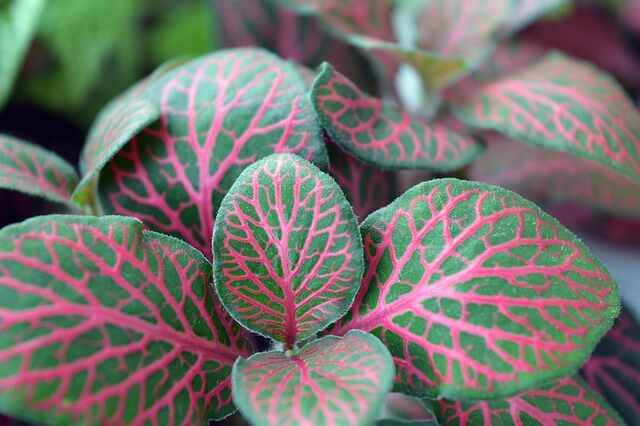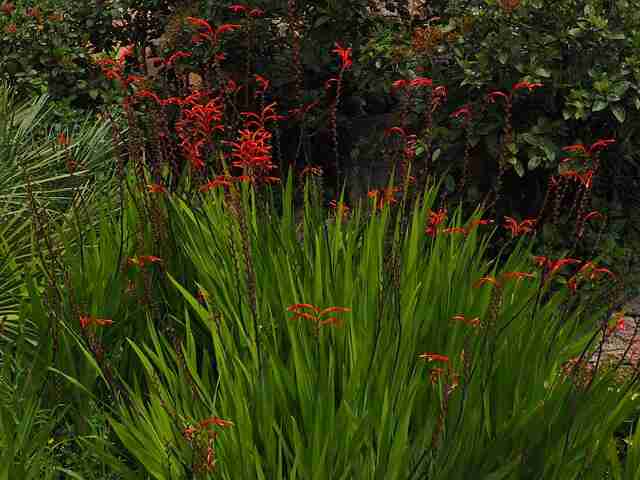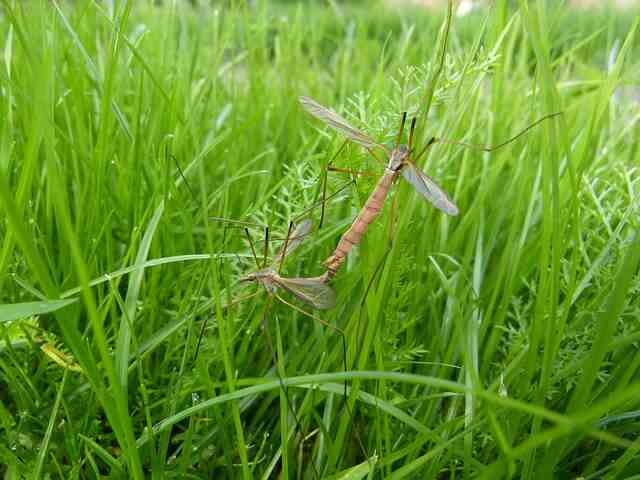Indoor Plant propagation refers to the process of creating new plants from existing ones. Propagate indoor plants is an important skill for gardeners and plant enthusiasts, as it allows them to expand their collections without having to spend a lot of money.
In this article, we will explore the benefits of propagating indoor plants and provide beginners with some simple techniques to get started.
Preparing to Propagate Indoor Plants

Choosing the right indoor garden plant to propagate is crucial. You want to choose a healthy plant that is free from diseases and pests.
It’s also important to select a plant that is easy to propagate, such as succulents or spider plants.
To propagate indoor plants, you will need some essential tools and materials. These include sharp scissors or pruning shears, a rooting hormone, a well-draining potting mix, and containers to hold the cuttings or newly propagated plants.
It’s also important to prepare the potting mix and containers before you start propagating. The potting mix should be light and airy, and provide good drainage. You can also use a commercial potting mix, or make your own mix by mixing equal parts of peat moss, vermiculite, and perlite. Containers can be anything from plastic pots to recycled yogurt cups, as long as they have drainage holes.
Techniques for Propagating Indoor Plants
There are several techniques for propagating indoor plants, but we will focus on three: division plant, stem cutting, and layering.
Method1: Division plant
The division is a simple and effective way to propagate plants that produce multiple stems or rosettes, such as aloe vera or spider plants. This method involves separating the plant into smaller sections, each with its roots, which can then be potted up to create new plants.
Step 1:Choose a Healthy Plant
Select a healthy plant that has multiple stems or rosettes. Makesuretheplantis free from pests and diseases.
Step 2:Remove the Plant from Its Pot
Gently remove the plant from its pot and loosen the soil around the roots.
Step 3: Divide the Plant
Separate the stems or rosettes into smaller sections, making sure each section has some roots attached.
Step 4:Repot the Sections
Plant each section in its container filled with potting mix. Water the plants thoroughly and place them in a warm, bright location.
Step 5: Care for the New Plants
The indoor plants require bright, indirect light and moist soil but not waterlogged. Avoid placing the plants near heaters or air conditioners, which can dry them out.
Some of the most common plants that are propagated by plant division are Chinese evergreens, aloe vera, spider plants, snake plants, and peace lilies.
Method2: Stem Cutting

Stem cutting is the most common and easiest method of propagating indoor plants. This method involves cutting a healthy stem from a mature plant and encouraging it to grow roots and form a new plant.
Here’s how to propagate indoor plants through stem cutting:
Step 1:Choose a healthy stem
Select a healthy stem with a few leaves. The stem should be firm and not too woody or too soft. The ideal time to take the cutting is during the growing season when the plant is actively growing.
Step 2:Prepare the stem
You can prepare the stem with the help of a sharp, clean pair of scissors or pruning shears, cut the stem at a 45-degree angle just below a node. A node is a small bump or knob on the stem where the leaves grow out.
Step 3:Apply rooting hormone
Dip the cut end of the stem in rooting hormone powder or gel. Rooting hormone contains plant hormones that stimulate root growth and increase the success rate of rooting.
Step 4:Plant the stem
Insert the cutting into a container filled with a well-draining potting mix. Gently press the soil around the stem to hold it in place. Water the soil lightly.
Step 5:Provide the right environment
Place your container where it can get warm and bright location, but avoid direct sunlight. Keep the soil moist but not waterlogged. A plastic bag or a clear plastic container can be used to cover the container to increase humidity and encourage root growth.
Step 6:Wait and check
The cutting should start to develop roots within a few weeks. You can check for root growth by gently tugging on the stem. If it exists, it means roots have formed.
Step 7:Transplant the new plant
Once the new plant has developed roots, it can be transplanted into a larger container with fresh potting mix. Water the plant thoroughly and continue to care for it as you would any other indoor plant.
Some common indoor plants that can be propagated through stem cutting include pothos, philodendrons, spider plants, snake plants, and jade plants.
Method3: Layering
Layering is a technique used to propagate plants with flexible stems such as pothos or philodendrons. Itisaneffectivemethodforplantsthathavebecometooleggy and need to be pruned, or for those that are too large for their current container.
To begin the layering process, identify a healthy stem on the plant that is long enough to bend down to the ground. Make a small wound on the stem just below a node, where the leaves attach, using a clean, sharp knife. Dust the wound with rooting hormone powder to encourage root growth.
Next, prepare a small pot or container filled with a well-draining potting mix. Dig a small hole in the potting mix and place the wounded section of the stem in the hole, covering it with soil. Securethestemtothesoilusing a U-shaped wire or hairpin. Water the soil thoroughly and cover the container with a clear plastic bag to create a humid environment.
After a few weeks, the buried section of the stem should develop roots. Once roots have formed, cut the stem from the parent plant just above the new root system. Carefully remove the stem from the potting mix and plant it in a new container filled with fresh potting mix.
Some common plants that are often propagated through layering include pothos, philodendrons, and rubber plants. With proper care and attention, layering is a simple and effective way to propagate new plants from existing ones.
Tips for Successful Indoor Plant Propagation

To ensure successful plant propagation, it’s important to provide the right conditions for newly propagated plants. Water the plants thoroughly, but don’t let the soil become waterlogged. Provide bright, indirect light, but avoid direct sunlight, which can scorch the leaves. Keep the plants in a warm, humid location, but avoid placing them near heaters or air conditioners.
Common mistakes to avoid when propagating indoor plants include using contaminated soil, not providing enough light, and overwatering. It’salsoimportanttoavoidpropagatingplantsthat are infected with diseases or pests, as this can spread the problem to other plants?
If you encounter propagation problems, some troubleshooting tips can help.
Trouble shooting Tips for Indoor Plant Propagation
Despite your best efforts, sometimes things don’t go as planned when propagating indoor plants. Here are some common problems and how to solve them:
The cuttings are not rooting.
Solution: Make sure you have chosen a healthy stem with several leaves, and cut it just below a node. Check that you are using a rooting hormone and a well-draining potting mix, and that the container has drainage holes. Keep the soil moist and place the container in a warm, bright location. Be patient, as some plants take longer to root than others.
The newly propagated plants are wilting or dying.
Solution: Check that you are not overwatering the plants, and that the soil is well-draining. Provide bright, indirect light and avoid direct sunlight. Make sure the plants are not placed near heaters or air conditioners, as they can dry out the air. Also, avoid fertilizing newly propagated plants for a few weeks, as they may be sensitive tohighlevelsofnutrients.
The new plants are not growing.
Solution: Ensure the plant is receiving enough light and that the soil is moist but not waterlogged. You can also try fertilizing the plants with a diluted fertilizer to provide them with the nutrients they need to grow. For better guidance on the right fertilizer visit this site.
Conclusion
Propagating indoor plants can be a rewarding and cost-effective way to expand your collection of plants. By following the techniques and tips outlined in this article, even beginners can successfully propagate their indoor plants.
Remember to choose healthy plants, use the right tools and materials, and provide the right conditions for the newly propagated plants. With a little patience and practice, you can enjoy a thriving indoor garden full of beautiful plants that you’ve propagated yourself.
You may also like to read
Snake Plant Propagation – 4 Methods of Propagating the Attractive Houseplant!







